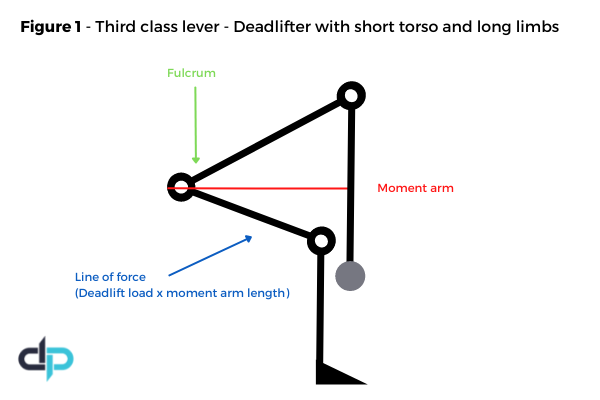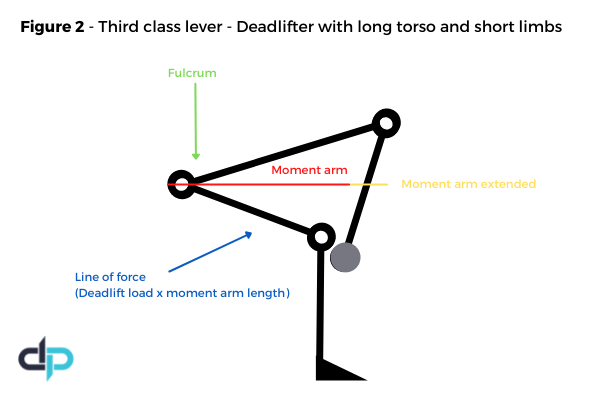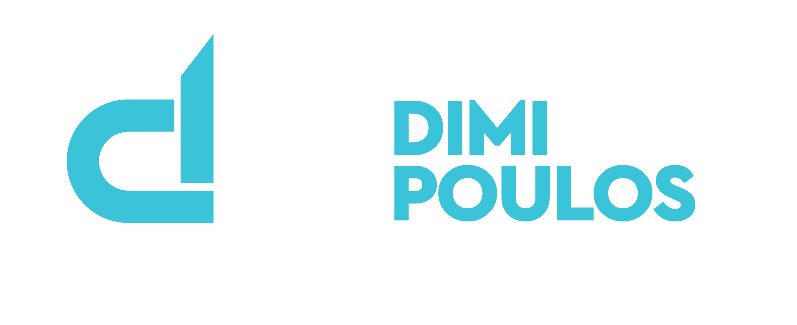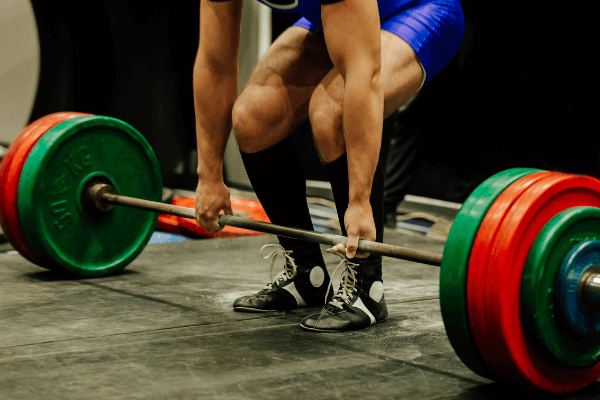Conventional vs Sumo Deadlift Stance — Which One To Choose?
A deadlift, whether it’s a conventional or sumo stance, is one of the best exercises for building strength. It requires a great deal of raw strength to lift a heavy weight off the ground from a dead stop starting position.
Choosing the right deadlift stance can impact the type of progress you make with the lift. It can also vary for each individual — depending on certain physiological characteristics.
Before we dive deeper into physiology and limiting factors, first, let’s break down the differences between a conventional deadlift and a sumo stance deadlift.
CONVENTIONAL DEADLIFT
The conventional deadlift works more of the posterior chain due to the hip hinge pattern that occurs during the movement — glutes, hamstrings, and spinal stabilisers, such as the erector spinae etc.
A beginner may have a hard time learning hip hinge patterns, so taking them through a series of progressions can help build them up to finally performing the full conventional deadlift.
Setting up for the lift:
- Conventional deadlift foot position is hip-width.
- Grip the bar just outside of the legs.
- Drop the hips down so the shoulders are slightly over the bar, while keeping the spine in neutral.
SUMO DEADLIFT STANCE
Sumo stance deadlift loads the legs to a greater degree and is easier to lock out because the bar doesn’t travel as far as it does in a conventional stance.
Setting up for a sumo stance:
- Start with feet in a wide stance deadlift position — outside the hips, with toes pointed outward.
- Grip the bar inside the legs with a shoulder-width grip.
- Drop the hips down low, so the shoulders line up over the barbell, with a straight back and upright chest position.
WHICH DEADLIFT STANCE TO CHOOSE?
1. Comfort
The most important thing when determining which deadlift foot position to choose, is that it feels comfortable. Breaking down limiting physiological factors will help in the long term development of your deadlift, but not if it doesn’t feel right.
Whichever deadlift stance feels the most natural, go with that one as a top priority.
2. Hip Hinge Pattern
The hip hinge is an important movement pattern, especially in the conventional deadlift. The action of sending the hips back into flexion and up into extension can be limited by hip tightness, or lack of lumbopelvic control.
Without a proper hinge pattern, it can cause the lifter to take too much load through the back and not enough through the hips. Long term deadlifting with incorrect movement patterns can increase the risk of injury and reduce strength progression.
If the lifter is having a difficult time keeping the spine in a neutral position after exploring potential tightness and or control issues, it might be worth exploring a sumo stance deadlift. The conventional deadlift utilises the hips as a primary driver and if they aren’t being used correctly, it will decrease deadlift potential.
3. Torso to Limb Length Ratio
Much like the back squat stance, there isn’t a one-size-fits-all principle when selecting the right deadlift stance. Biomechanical restraints and body segment portions will play a big part in finding a position that works best.
As a general guide:
Long limbs combined with a short torso generally favour conventional deadlifts. Whereas, short limbs with a long torso, will suit a sumo stance style.
The reason for this lies in the body’s lever system. A deadlift is an example of a third-class lever — meaning, where the effort is between the fulcrum and the load.
Figure 1:
This example is of a conventional deadlifter with a short torso and long limbs. The lower back becomes an active fulcrum once the weight is lifted from the ground.

Figure 2:
What you will notice with this lifter is there is a greater lean forward. This is because the longer torso and shorter limbs require the lifter to tip forward more to get into the correct position.
This action of leaning forward increases the total moment arm distance, placing more load onto the back (fulcrum).

There is nothing wrong with a conventional position if the lifter in figure 2 is comfortable. However, the sumo stance deadlift shifts the hips into a lower position, thereby reducing the moment arm total load being lifted.
This also moves a significant amount of load away from the lower back and hips, and distributes more into the legs and knees.
If the lifter has tight hips and lacks the ability to sit in a sumo stance, this will be an issue that requires attention. But for the sake of gaining strength in the deadlift and long-term progression, it’ll be worth focusing some time and energy on hip mobility.
4. Strength Distribution
If the goal is solely to increase strength in the deadlift, formulating a decision on stance should include the above three points; comfort, hip hinge pattern and torso to limb length ratio.
However, if the goal is to gain strength and shape in a specific muscle group, you’ll need to choose a stance that places more load on the targeted areas.
Both the conventional and sumo stance deadlift require a degree of leg, back, hip extensor and core strength. But which uses more of what skeletal muscle tissue?
The conventional deadlift uses more of the hip extensors (glutes, hamstrings and lower back) and erector spinae muscles. This will vary from one individual to the next depending on where their hips sit during the initial pull of the lift.
Being wider, a sumo deadlift stance has the hips sitting lower and slightly turned out — placing extra load not only through the glutes, but the quadriceps. Hence, if you want to target your legs during deadlifts, choose a sumo stance.
Conclusion
When choosing the right deadlift stance for you, the most important aspect is comfort. As long as you’re able to maintain a neutral spine in a comfortable position during the lift, you can progress.
Never compromise your spine for short term gains. Safe positions are the best way to gain strength and stay in it long term.

